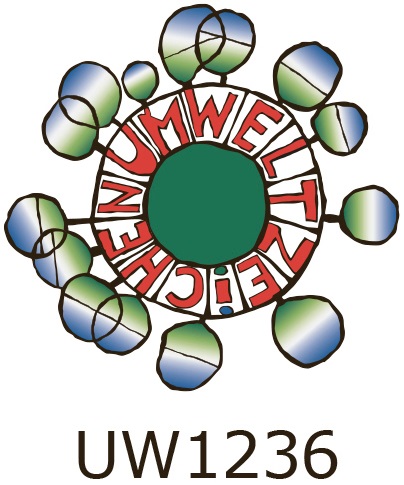Environmental protection
The resource-friendly handling of the materials we use, and our strict enforcement of separation and proper disposal of waste is just as much a standard practice as the use of VOC-free chemicals (volatile organic compounds).
When using print colors, we also make sure that only tested and certified, environmentally safe bio-organic colors are used. The toner that we use is non-toxic and therefore produces no hazardous waste substances.
In addition, it is also important to us to promote sustainable energy production, which is why we intentionally decided on hydroelectric power sources.
But we not only pay attention to the climate outside, but the atmosphere inside as well. In order to ensure an interior climate at the production plant that promotes healthy atmosphere, we installed a certified air humidification system just for this purpose. A fruit basket that is filled each day, and the set-up of various water dispensers with fresh spring water contributes to a healthy balance overall.




We are PEFC-certified.
We are committed to the environment and to quality. For this reason, we have already taken a pioneering role in sustainability matters, and became the first printers in Upper Austria to be awarded the PEFC Seal of Approval. PEFC targets at forest preservation. The promotion and support of sustainable forestry management are means to achieve this goal. The management of our forests is geared toward strict criteria; these should also help achieve the goal of forest preservation, and prevent the overexploitation of forests.
We are FSC®-certified.
This certification is of special value. For our share in a better environment. FSC = Forest Stewardship Council® – a product group made from forest products that are managed in an exemplary way, of controlled origin and of recycled wood and/or wood fiber.
Climate neutral printing
means to compensate the carbon emissions generated by your printing orders.
1. We calculate the carbon emissions of your printing products.
2. For compensation the carbon emissions you choose a carbon offset Project.
3. You show transparency via labels featuring an ID number and QR code specific to the respective order.
Printing products are climate neutral products after calculating and compensating the carbon emissions. There are more than twenty internationally recognised carbon offset projects. You can select the project that best suits to your customer’s needs – for example Forest protection, April Salumei, Papua New Guinea. The project in Papua New Guinea protects the existing rainforest together with it's biodiversity. This is the basis of life for the local population, which therefore is actively engaged in its preservation.
Österreichisches Umweltzeichen
In September 2017 the Kontextdruckerei was awarded with the „Österreichichische Umweltzeichen“.
Companies that have been awarded with the „Österreichichische Umweltzeichen“ (since 1990) link sustainable business with entrepreneurial success. They stand for environmental compatibility and high quality; the ecological commitment goes far beyond the statutory requirements.
Paper production in particular was a cause of water pollution for a long time. Paper, which is awarded the “Österreichische Umweltzeichen”, must fulfill high quality requirements and be environmentally friendly.
Environmental chemicals are also used in the printing process. Certified printing companies use environmentally-friendly paper and toner and printing inks that can be removed from the waste paper during recycling.
EU Ecolabel
The “Österreichische Umweltzeichen” also contributes to the success of the EU Ecolabel, because between both quality marks is a close vote and this label was also awarded to us in September 2017.
The European Eco-label (EU-Flower) was created in 1992 to mark products and services that fulfill high environmental requirements and are relevant to the common market.
These include the limitation of energy consumption, water consumption, the prevention of waste, the preferential use of renewable resources and the promotion of environmental education. The criteria were defined by the European Commission in cooperation with the Member States.
Products and services with the environmental label fulfill comprehensive requirements for environmental and health compatibility as well as usability. They must fulfill a number of environmental criteria and demonstrate their compliance with an independent assessment.
